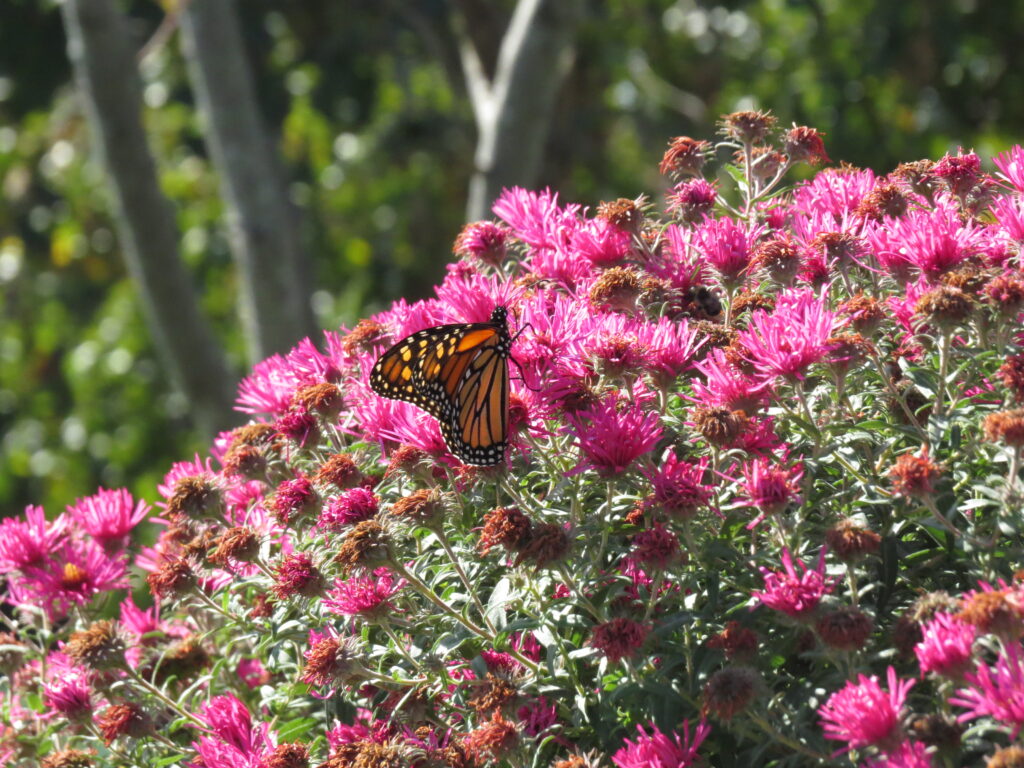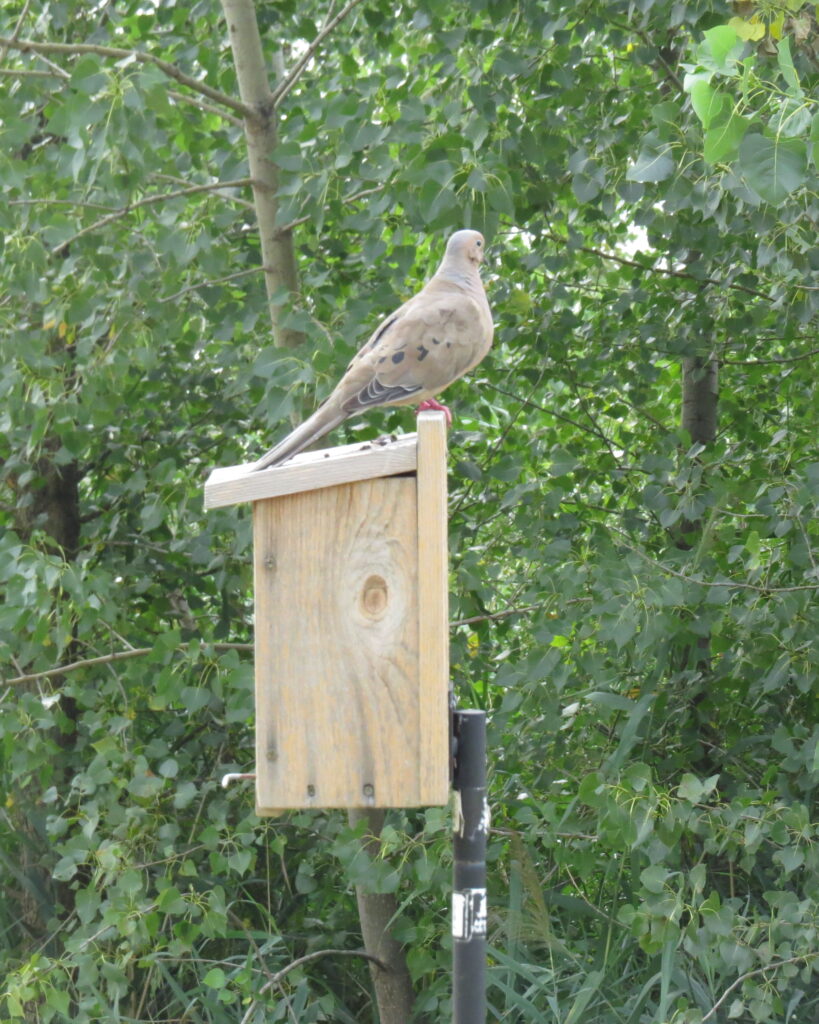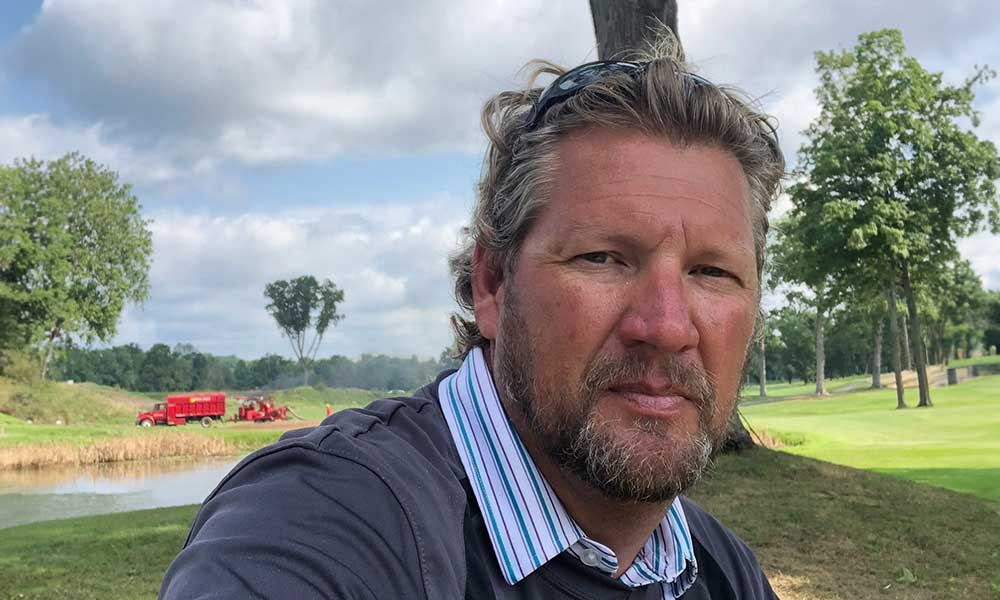What motivated your club to join the Audubon International Cooperative Sanctuary Program (ACSP) for Golf?
Taking care of the environment has always been one of our core values. Nestled in the heart of an industrial city along the Hackensack River, our course was strategically constructed on top of a capped landfill as part of a wetland restoration project. My team at Skyway Golf Course wanted to protect the quality of the land while maintaining the level of play expected by golfers. Becoming a certified member of the ACSP is a plus for us because the Audubon International team provides us with the resources we need to be as successful as possible in being green.
What did it take to achieve ACSP certification – how long was the process and what steps were involved?
Skyway’s first superintendent began the ASCP certification process years ago. He was able to get the course certified in two categories before leaving our team.
Unfortunately, we lost momentum in the program until I hired Samantha LaSasso as the course’s environmental scientist to spearhead the project. It is difficult to manage the golf course during busy seasons while also working on certification, so having Samantha around to focus on the nitty gritty of the program was extremely helpful. We were able to complete the certification process within about four to five months with the help of our amazing staff.
The categories for certification included environmental planning, water quality management, water conservation, safe chemical usage, reduced chemical application, wildlife habitat management, and community outreach and education. We specifically took a deep dive into our maintenance practices to ensure we were using the best practices for our turf and environment. This included making sure the entire maintenance crew was trained in sustainable turf management practices. We also made more valuable relationships with nearby community groups who have helped us to educate the public on the importance of protecting the environment.
Related: Audubon Cooperative Sanctuary Program for Golf Courses: More Relevant than Ever

What did it cost to earn certification all-in and what were the biggest expense items?
Earning certification required a lot of time and labor but wasn’t very expensive to the golf course. We were lucky to already be following a lot of the sustainable practices suggested by Audubon International including conserving our water with the help of our high-tech irrigation system and periodically testing our water quality. Our most costly items were likely the native plants and seeds we purchased to be more inviting to wildlife. We worked hard to enhance all of our out-of-play areas with locally sourced shrubs and wildflower seeds, which not only supports the wildlife but also makes the course even more beautiful.

What were / are the most challenging aspects of being certified and maintaining the standards required to achieve and retain that status?
As newly certified members, it’s important for us, as well as other courses in this program, to remember that the ACSP is an ongoing project. Your work is not finished once you earn certification, you should continue to make improvements to retain certification status. The world is constantly changing, and so are the best products and practices. We expect to stay up to date on and continue to explore the most sustainable yet effective chemicals and maintenance practices to ensure our golf course maintains its status as a cooperative sanctuary. We also think it’s important to keep all paperwork and other materials organized so the recertification process goes smoothly.
What specific benefits are you reaping from being a Certified Member?
Our team is thrilled to be recognized as an Audubon Cooperative Sanctuary. We’ve all worked so hard to get here, and it feels great to know we’re doing our part to protect the environment. This process pushed us to build positive relationships with members of our community, outside of playing golf. We feel incredibly supported by our community to continue making a difference on the land.

What would you share with other superintendents and course managers who are considering joining the Audubon International ACSP program?
Obtaining certification was an excellent experience. We gained a lot of knowledge about sustainable golf course practices and the importance of healthy natural habitats for wildlife. The time and effort invested in this program was absolutely worthwhile.

What is the best guidance or tip(s) you have received pertaining to being a superintendent and overseeing the golf course agronomy/maintenance department? (And from whom?)
Years back, during my time as the assistant to Matt Dobbie at Bamm Hollow Country Club, an invaluable lesson was passed down to me. Matt highlighted that excelling as a superintendent doesn’t necessarily require you to have all the answers, but rather on the ability to seek and find them. He stressed the importance of nurturing connections with fellow superintendents, coworkers, and friends.
Establishing a strong and dependable network of individuals holds utmost significance in this career. This advice has resonated with me over time and has proven to be instrumental in my professional growth. Valuing collaboration and seeking input from others has helped me to enhance my skills and knowledge. It’s important to set aside your pride and realize that the collective wisdom of a network is always better than one’s individual knowledge.





















